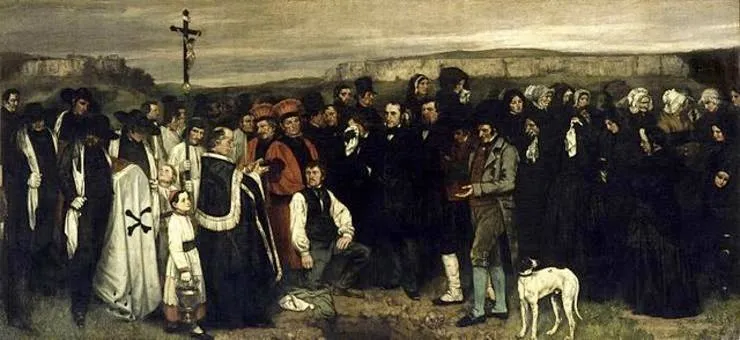
Dear @adsactly readers, I present to you a new post in the continuation of the diffusion line about literary modernity. I hope it will be of interest to you.
Supremacy of Reality (Literary Realism)
After romanticism, France becomes the main pole of literary modernity, although almost at the same time something of great importance is also happening in the United States of America (I will talk about this in another article).
We know that romanticism had placed its emphasis on the expression of the writer's sentimental and emotional individuality, which implied a manifestation of the writer's personality; we also know that, associated with the critical attitude of romanticism towards the reality of its time, there was a social and even political positioning of its exponents; as happened, for example, with Victor Hugo in novels such as Los Miserables (see previous post).
On the heels of romanticism (this had developed between 1820 and 1840, mainly), and perhaps identified with the last aspect mentioned above, arises in France that aesthetic-literary current baptized as Realism, which is considered conventionally deployed between 1840 and 1870. He distanced himself from romanticism and formulated his own vision of artistic and literary work. This can be seen in issue 1 of the journal Réalisme, which in 1856 published Edmond Duranty together with Jules Champfleury, critics who promoted and identified with realism.
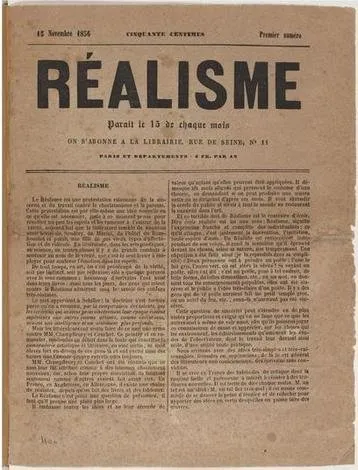
There it will be said, literally, that Realism proposes "the exact, complete and sincere reproduction of the social environment and the epoch in which we live". We know that this is more a desire than an attainable fact, but that is the stated purpose. The realistic aspiration is ancient and was present, albeit perhaps naively, in several previous moments of art and literature; it could be said that it is a recurrent and perennial ideal, which achieves its most rigorous and concentrated expression in the nineteenth century. What is relevant about this new appearance is that it is made with more conscious pretensions and with formulations based on rationalism in progress for the time.
Let us briefly look at other central ideas about this movement of great importance in modern literature.
The exploration of facts and experience functioned as a key initiative in writers and artists of realism, influenced by objective research propitiated by advancing modern science, which will give rise to the so-called Naturalism. Driven by this motivation, they were introduced into areas or problems that had not been dealt with until then.

Reality had to be faced in a concrete, direct and new way, in a conscious disposition and stripped of preconceived formulas, putting the interest in the ordinary and daily experience.
In this attitude the notion of history was paramount, which had begun to point to the rationalist discipline of studying history (with Taine and Comte), and would lay the foundation for the progressive conception of time.
New democratic ideas in vogue at that historical moment also play a role. The so-called "1848 Revolution" has taken place, and the entire democratic heritage of the Enlightenment and the French Revolution exists. So French realism, while related to the predominantly bourgeois society of the time, is also an expression of the emerging social forces.
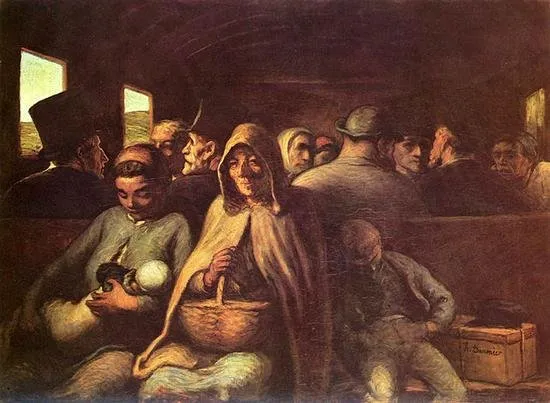
Thus, a demand for democracy arose in the vision of art that led the realists to value the representation of the low and the common, of the dispossessed sectors, without abandoning the observation of the most privileged.
Beyond the ideal of impartiality and objectivity (influenced by science), the realists made moral comments in their works, and there was an ethical commitment to truth, honesty and sincerity, which is related to an eminently communicative purpose with the reader.
Courbet's painting and realism
Gustave Courbet (1819-1877) is the unavoidable representative of realism, which begins as a pictorial expression. His plastic work concretizes the realistic ideal, but his ideas expressed verbally pick it up clearly, for example: "Painting is essentially a concrete art and can only consist of the presentation of real and existing things", "Historical art is contemporary by nature. The art of painting can only consist of the representation of objects that are visible and tangible to the artist.
His painting "Bon jour, Monsieur Courbet", from 1854, is taken as one of the most representative examples of his realism, because it is considered that in it an ordinary and common event was left in a landscape environment registered almost photographically.
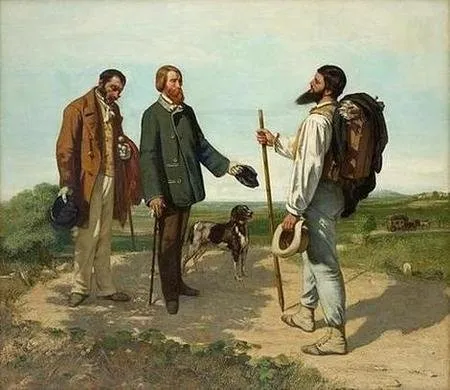
However, I believe that realism taken to an extreme for its historical moment would be expressed in his 1866 painting ["The Origin of the World"] ( ).
).
Great Masters of Literary Realism
There are three indisputable representatives of Realism in France, the mainstay of this Western literary current: Balzac, Stendhal and Flaubert, although their works transfer, as happens with all genuine artists, all nomenclature.
Honoré de Balzac: the great unfinished work
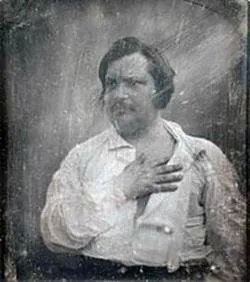
The work of Balzac (1799-1850) - his monumental, gigantic work - is Human Comedy, conceived in 1842. It would be made up of a group of interrelated novels that would portray the society of his time. They were initiated in 1832 with Eugenia Grandet and Papa Goriot, in the series "Scenes of Private Life". In 1842 he decided to extend what he had already written and to carry out this immense narrative project. According to some studies, there must have been 137 novels, but 50 remained unfinished. In the novels of The Human Comedy that could be finished and published, we can notice how Balzac tried to express -with an extensive physical description of environments and characters, and their psychology- that complex and diverse social world, where the most dissimilar social representations of the time enter. The renowned critic George Steiner says of Balzac and others. "The artist, the man who recognizes his own genius constructs multitudinous worlds, immense projects (...)".
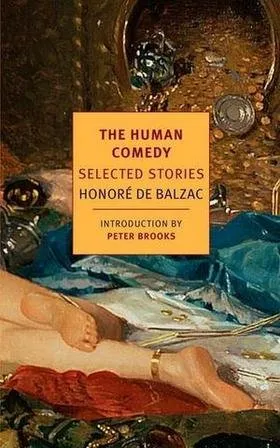
"Eugenio, who was putting his feet in Papa Goriot's room for the first time, could not control a gesture of stupefaction when he saw the taboo in which the father lived, after having admired the daughter's toilette. The window had no curtains; the paper of the walls was detached in many places by the effect of the humidity and was curling, letting see the yellowish plaster by the smoke. The good man lay on a bad bed, with nothing but a thin blanket and gloved leg covers, made of healthy scraps of the old dresses of Madame Vauquer. (...) The canopy of the bed, attached to the ceiling by a rag, held a terrible strip of cloth in red and white squares. Surely the poorest errand boy would not be worse off in his attic than Papa Goriot in Madame Vauquer's house. The view of that room was cold, it shrank one's heart, because it resembled the saddest dungeon in a prison."
Source
We will continue reading Balzac, beyond the time that initially conditions his great unfinished work, as one of the most unobjectionable examples of what a broad vision of reality can achieve.
Stendhal: a milestone in the modern novel
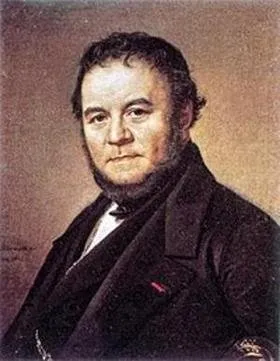
Henry Beyle (1783-1842), who would assume the pseudonym "Stendhal", although considered one of the greatest representatives of realism (had by the initiator), is the author of a narrative work where the most important thing is the psychological presentation of his characters. This is the case of his most important novel, Red and Black (1830), the story of a humble young man, son of a sawmill, Julien Sorel, who is hired as prefect of the children of a wealthy family, specifically the Mayor of Verrierès. There he will gradually gain the affection and trust of the children as he establishes an affair with the wife of the Mayor, the lady of Renal.
Stendhal, through the young Julien Sorel, prototype of the ambitions of the time, represented the problems that occurred in the social classes arising in the years of that historical moment known as "The Restoration" (in France in the mid-nineteenth century). His work could never be disdained, because he founded, in some way, after Cervantes, the modern novelistic. Julien Sorel, like Don Quixote, or like other characters who will appear later, will become an obligatory reference for modern literature.
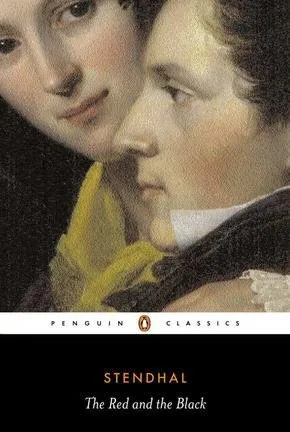
As can be seen, Julien did not have the least experience in life, he had not even read novels; if he had been a little less clumsy and had had enough cold blood to say to that young woman whom he loved so much and that he made such strange confidences to her: "Confess that, although I am not worth as much as those gentlemen, nevertheless it is me whom you love". It is possible that she would have been happy to be understood; at least, success would have depended exclusively on the grace with which Julien expressed this idea and the moment he chose for it.
The capital of this novel that founded the psychological novel is in the way it presents and develops the psychology of Julien, a hypocritical and arribist character, who represents the corrupt social environment of the moment, although with feelings of amendment.
Flaubert, beyond realism
Gustave Flaubert (1821-1880) is one of the most important novelists of modern literature, and fundamental in the initial realistic narrative, although his work goes beyond that character. He went so far as to say: "I hate what is conventionally called realism, even though I am considered one of its great priests" (Nochlin). His most popular and well-known novel is Madame Bovary (1857), but he is the author of other outstanding novels such as La educación sentimental (1869) and Bouvard y Pecuchet (1881), the latter one of the most peculiar novels in his narrative.
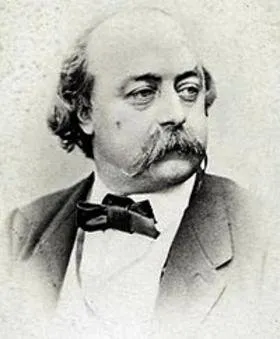
Madame Bovary is his greatest example of a particular realism (although going beyond that classification), because it brings together the most detailed descriptions of environments, circumstances and characters in their physical aspects, with an exploration of the psychology of the main characters, in a kind of psychological portrait, especially of Emma Bovary. It is said that Flaubert took the case of a news item from a newspaper of the moment or a real story referred to by a friend.
From an almost impersonal perspective, the narrator presents us with the case of the unhappy marriage of Charles and Emma, who lives submerged in dissatisfaction, boredom and without finding meaning in their routine life. Her search for other experiences and a certain emotional unbridledness will give rise to her infidelity: first with Rodolphe, and then with León, experiences that will end up being unhappy. Emma, drowned in large economic debts and disillusioned with love, will make the decision to commit suicide by poisoning.
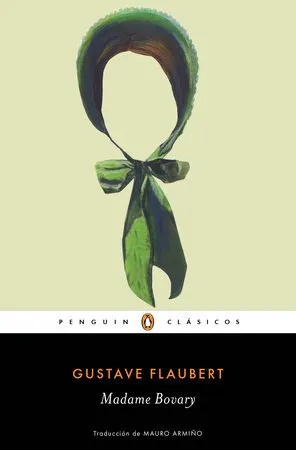
In this novel Flaubert offers us her vision of the life of the middle social stratum of mid-19th century France, digging into the spirit and the dominant morality of the time, and turning to what is familiar and known to her. Perhaps that is why at some point Flaubert himself will say: "Madame Bovary it is I". Even the word "bovarism" has been incorporated (in literary essays and psychology dictionary) to mean "a person's state of chronic dissatisfaction (especially in the affective or amorous field), produced by the contrast between his illusions and aspirations (often disproportionate to his own possibilities) and the reality, which tends to frustrate them".
Let's look at some very brief fragments of the novel:
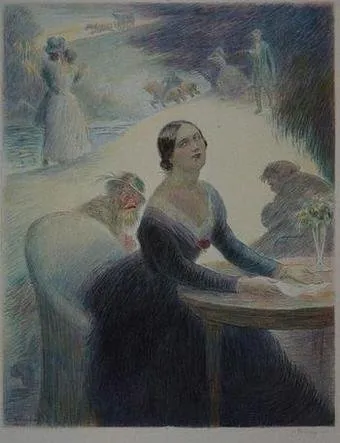
Everything that surrounded her immediately, the tedious field, the stupid petty bourgeoisie, the mediocrity, in short, of life, took it as an exception within the world, as a peculiar coincidence that held her imprisoned, while outside of that, beyond that, the immense realm of joys and passions extended to the point of losing sight.
But deep within her soul she was always waiting for something to happen. (...) She did not know what that random event could be, nor the wind that would bring it towards her, nor to what shores she would take it (...)
The absence was insensibly quenching the love, the sentences were suffocated under the routine (...) In the dullness of his conscience, came to confuse the aversion to the husband with the tendency towards the lover (...)
Illustration by Charles Léandre for Flaubert's book Madame Bovary (1931)Source
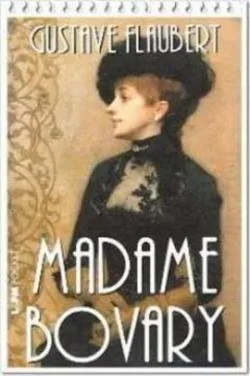
I have a lover, I have a lover! -it was repeated.
And he rejoiced in that idea, as if he felt reborn to a new puberty, which came suddenly. At last I was going to come into possession of those joys of love, of that fever of bliss for which I had sighed so much. (…)
The protagonists of all the books she had read and all that legion of adulterous women came to mind (...) She was also a real part of those fictional creatures (...) She also experienced the feeling of revenge. She had had enough of suffering! (…)
Then the priest began to recite the Misereatur and Indulgentiam, dipped the thumb of the right hand in the oil and began to make his anointings. First in the eyes, which had so much desired all earthly luxuries; then in the nostrils, eager for temperate breezes and perfumes of love; then in the mouth, which had opened to lie, which had groaned with pride and howled with lust; (...) and finally in the soles of the feet, so accelerated when they flew to satisfy their desires that now they would never walk again.
Trying to place Flaubert and realism in their just literary dimensions, let us quote Nochlin:
Realism, far from ignoring the form, or the technical possibilities and limitations of its medium, was very aware of them, but as means and not ends. When Flaubert said that "for whatever you want to say there is only one word to express it, one verb to animate it and one adjective to qualify it", he was not talking about the pure beauty of expression or the word for the word. As Harry Levin points out, he was trying to "clarify details and specify nuances that carefree novelists point to with clumsy generalizations and vague stereotypes. Flaubert's achievement was marked by a "devotion to the word, not as dogma, but as a means through which the artist creates and through which he approaches reality. With a slight change in words, the same can be said of all the great realistic artists.
It is undeniable that mid-nineteenth-century realism, particularly in France, was a milestone for modernity in Western literature. The aspect that sustained it has continued to feed the literature of the twentieth century and current literature, essentially, especially in the struggle to express the reality that constitutes and envelops us.
Bibliographical references
Flaubert, Gustave (1983). Madame Bovary. Colombia: La Oveja Negra Publishing House.
Nochlin, Linda (1991). Realism. Spain: Alianza Editorial.
Riquer, Martin de and Valverde, José M. (1979). *History of Universal Literature" (Volume III). Spain: Planeta.
Steiner, George (2002). Gramática de la creación (3rd ed.). Spain: Ediciones Siruela.
Stendhal (1980). Red and Black. Spain: Editorial Bruguera.
https://locomotoroblog.wordpress.com/2016/07/16/honore-de-balzac-fragmento-de-papa-goriot-2/
https://es.wikipedia.org/wiki/Bovarismo#cite_note-5
https://es.wikipedia.org/wiki/Realismo_literary
Thank you for your attention, and @adsactly for allowing me to publish.
Authored by @josemalavem
Click on the coin to join our Discord Chat

Witness proposal is here:
Go To Steem Witness Page
In the bottom of the page type: adsactly-witness and press vote.

Use small letters and no "@" sign. Or, click here to vote directly!
Thank you!